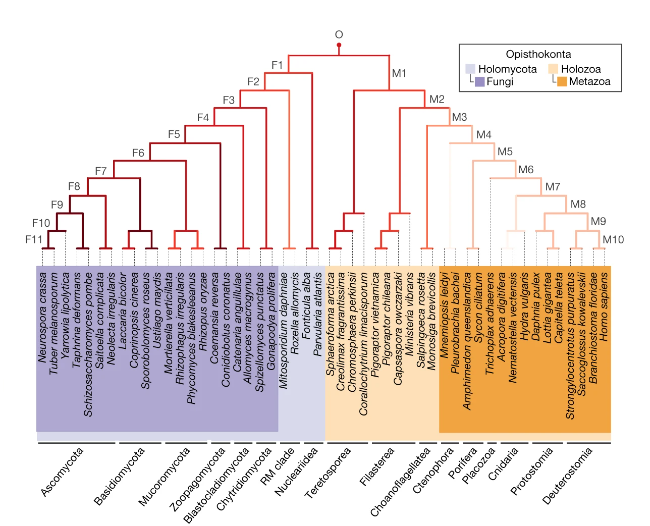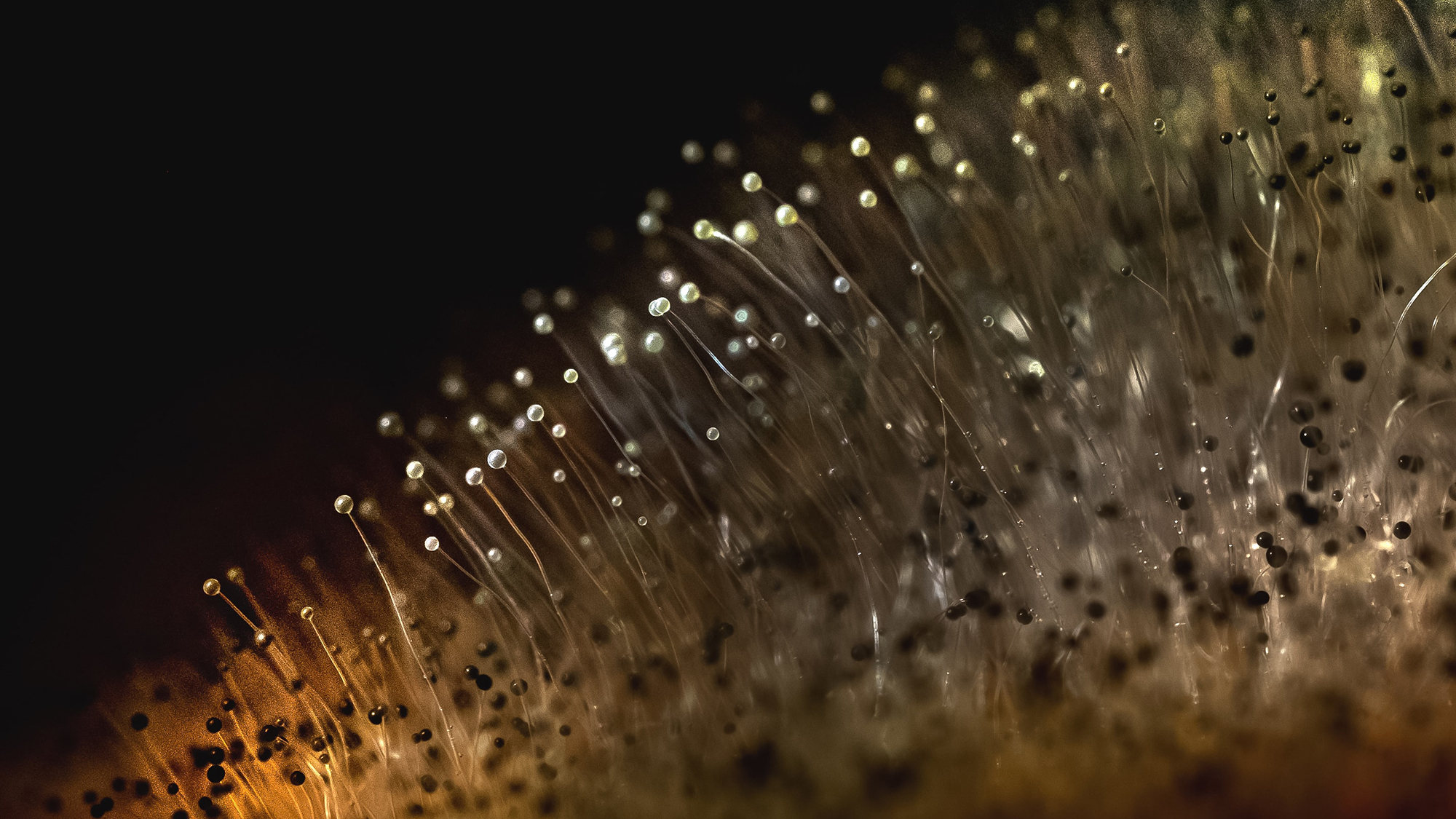Although fungi and animals have completely different morphologies, both evolved in the same eukaryotic supergroup, the opisthoconts. Now, a study led by the Institute of Evolutionary Biology (IBE: CSIC-UPF) has shed light on the evolutionary history of these two groups by analyzing the genetic changes that occurred in their divergence from a common ancestor.
Using advanced computational and big data techniques, the research team has analyzed an updated genomic dataset that includes four new genomes of species at crucial positions within the opisthoconts lineage. This has allowed them to observe that long before the emergence of fungi and animals, two distinct genomic contexts were established, setting the stage for their emergence.

“The pre-fungal ancestors entered a path of loss of genes related to multicellularity, more similar to that presented by the closest unicellular relatives of animals and fungi”, says Eduard Ocaña-Pallarès, a PhD student at IBE.
On the other hand, according to the results, it was the accumulation of multicellularity genes that led to the appearance of animals or metazoans. Iñaki Ruiz Trillo, principal investigator of the IBE’s Multicellular Genome Laboratory, also stresses the importance of analyzing evolutionary transitions over longer periods of time than may seem obvious, in order to gain a complete understanding of the evolutionary history of biodiversity.
Ocaña-Pallarès, E., et.al. ‘Divergent genomic trajectories predate the origin of animals and fungi‘; Nature, August 2022. DOI: doi.org/10.1038/s41586-022-05110-4







